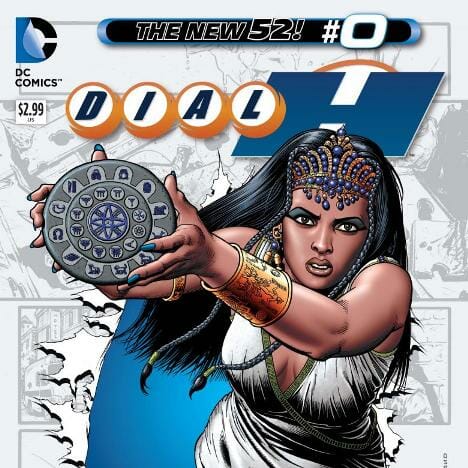
Each week, Paste reviews the most intriguing comic books, graphic novels, graphic memoirs and other illustrated books.
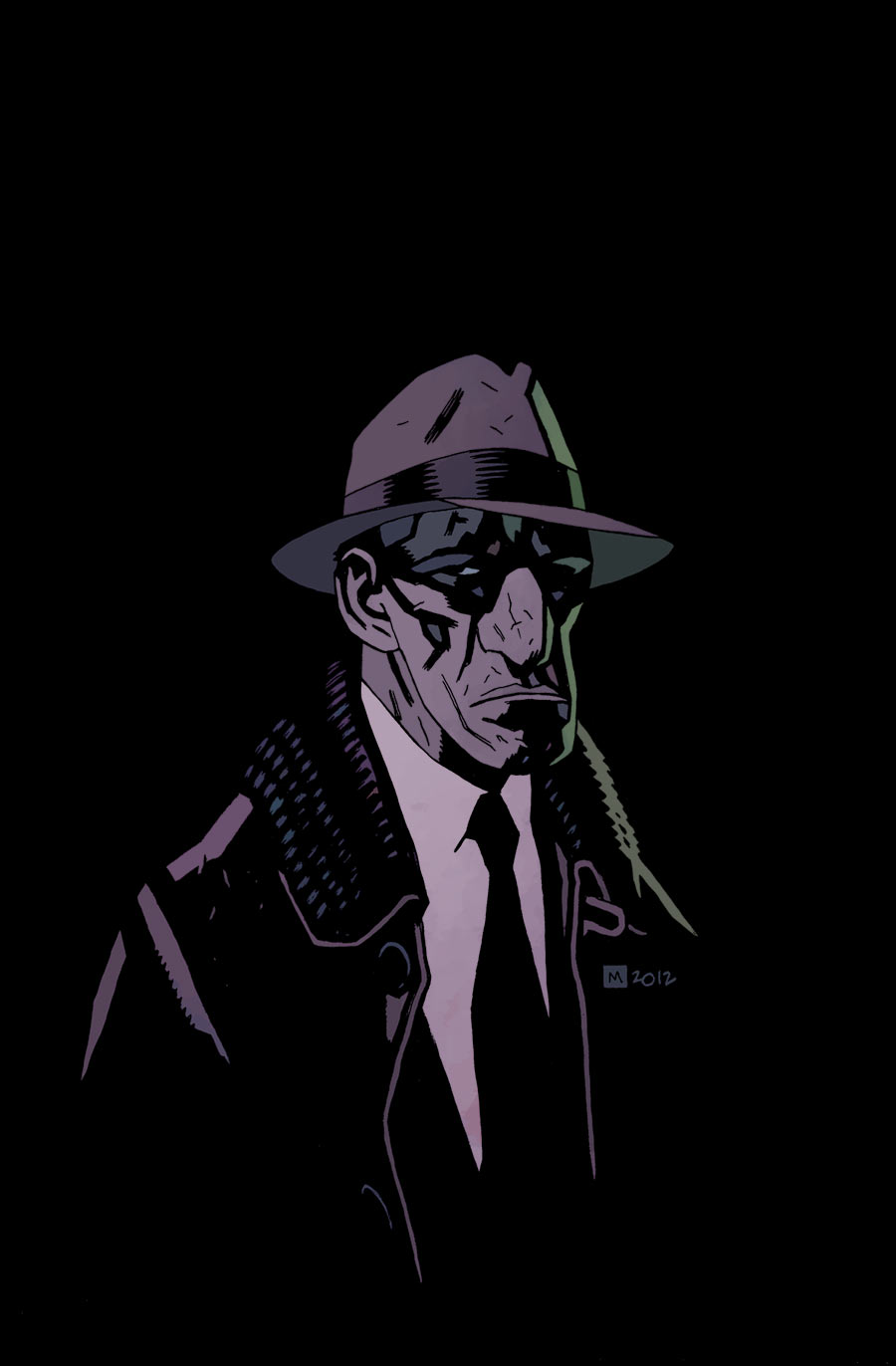
The Creep #1 of 4
by John Arcudi and Jonathan Case
Dark Horse, 2012
Rating: 7.9
Don’t let the moody Mignola cover or wise guy duds fool you: The Creep is much more concerned with facing the horrors of modern society than thugs with tommy guns or grind house monsters. But nobody would blame you for thinking that BPRD scribe John Arcudi was spinning another supernatural yarn for the Dark Horse stable. Instead, this stark miniseries debut tackles such real-world affliction as teen suicide, disease and addiction. The titular Creep is Oxel Karnhus, a NYC private eye suffering from acromegaly, a condition that plagued Andre the Giant and Richard “Jaws” Kiel and that causes fatigue, headaches and swollen facial features in addition to other severe symptoms (including great instrumentals). The fact that this syndrome causes people to look like a fictional golden age goon is illustrated in a striking subversion of genre convention. And Oxel still hits the bottle and prostitutes with enough frequency to give him all of the charm of a traditional noir tragedy. The grizzled PI receives a call from an old sweetheart to investigate her teenage son’s suicide. Be warned this book is dark. Its protagonist is especially sympathetic as he copes with perpetual migraines and some very NSFW taunts from complete strangers. The overarching theme of lives drifting into middle-aged entropy (literally in Oxel’s case; acromegaly commonly hits during the 40s and 50s) is elegantly conveyed, especially when juxtaposed with the bookend of youth suicide. This introduction sets a somber mood that definitely shows more than tells. It’ll be interesting to see if the plot can match the sheer emotion for the remaining three issues. For now, Arcudi and artist Jonathan Case set a meticulous stage of regret and heartbreak that’s impossible to put down. (SE)

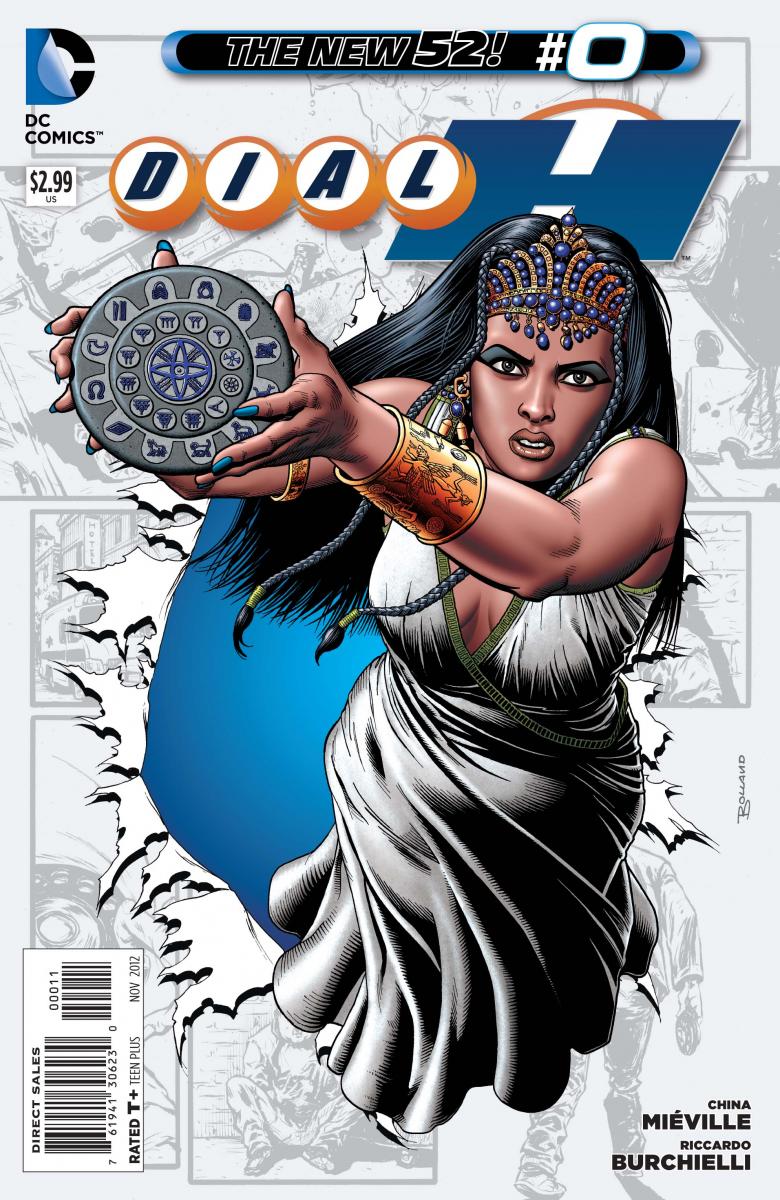
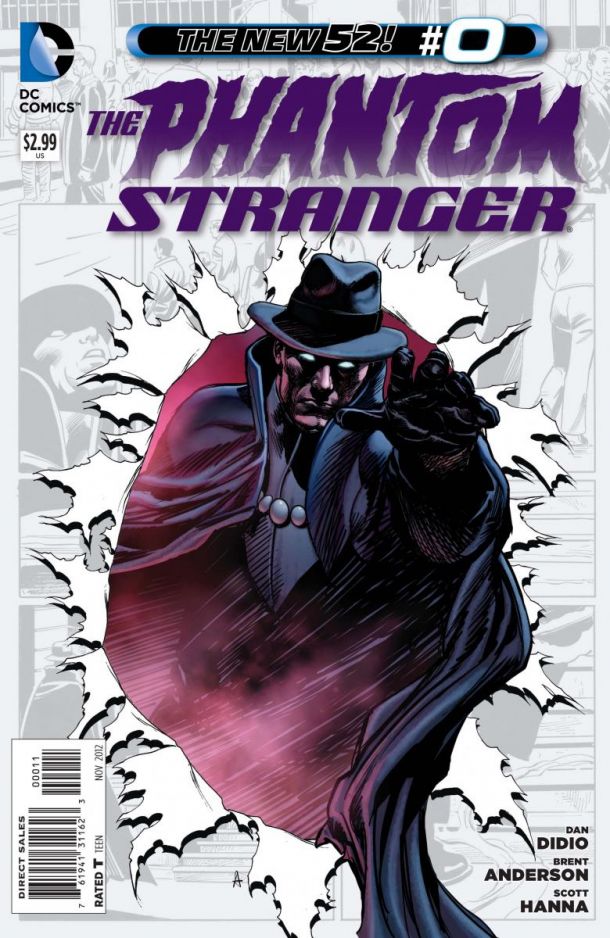
Animal Man #0
by Jeff Lemire and Steve Pugh
DC Comics, 2012
Rating: 7.5
Dial H #0
by China Miéville and Riccardo Burchielli
DC Comics, 2012
Rating: 7.0
The Phantom Stranger #0
by Dan Didio, Brett Anderson and Scott Hanna
DC Comics, 2012
Rating: 5.8
Throughout September DC will commemorate the first year of the New 52 relaunch with “zero” issues for all current series. They’re basically origin tales filling in gaps for the latest versions of characters both iconic and obscure. The first batch arrives today, and between the enjoyable (Grant Morrison’s Action Comics, Scott Snyder’s Swamp Thing) and mundane (Earth 2, Detective Comics) the full scope of the current DC Universe is on display. Jeff Lemire and Steve Pugh’s Animal Man #0 is unsurprisingly among the best of the bunch, elegantly detailing both the character’s original origin and the new backstory introduced during Lemire’s New 52 reboot, while also serving as yet another prelude to the upcoming Animal Man / Swamp Thing crossover. It might spoil the first few issues of the new series, but you shouldn’t be reading this until after tackling those issues anyway. China Miéville and Riccardo Burchielli’s Dial H goes back 2600 years or so to ancient Babylon, revealing that the H-Dial is older and more mysterious than previously thought. The battle between a mystical Babylonian dragon and a bumper car riding Latina superheroine shouldn’t be missed. The Phantom Stranger #0, from DC co-publisher Dan Didio and artists Brent Anderson and Scott Hanna, reintroduces both the titular supernatural enigma and the vengeful Spectre into the new DC. The Stranger is now an itinerant Judas Iscariot toiling endlessly for salvation whereas the Spectre is once again the angry (and very dead) homicide detective Jim Corrigan. Overly expository dialogue and captions, along with a bullet-point focus on hitting the details of both origins, make this a stilted read. It also makes it almost refreshingly old-fashioned. Expect more of these brief capsules next week. I apologize in advance. (GM)
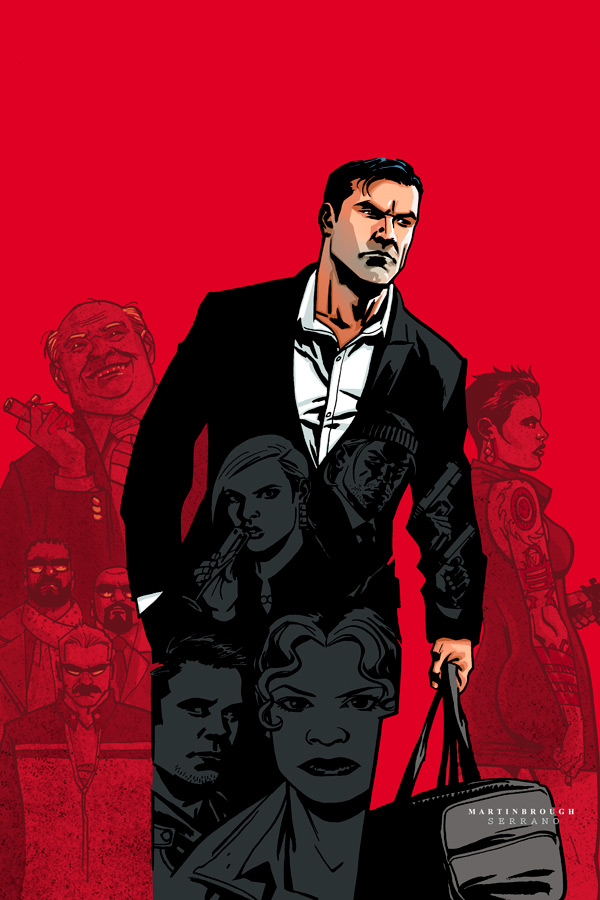
Thief of Thieves, vol. 1
by Robert Kirkman, Nick Spencer and Shawn Martinbrough
Image, 2012
Rating: 6.9
Nimbly plotted and smartly revealed, Thief of Thieves may work considerably better as a compilation like this one than it did in the serial format. The import behind some moments that appear in the first issue isn’t revealed until much later, a device that’s more effective when issues are read in rapid succession. And Kirkman should know better, considering his work on The Walking Dead, another cliffhanger-heavy, plot-porn series that knows when to lay out each nugget of information. You need to be able to balance a lot of different time frames to read this book, but that skill grows as the story progresses, making you, the reader, feel smart, never a bad decision on a writer’s part. The characters are well-written, and the dialogue is pretty snappy. Martinbrough’s slick and grimace-oriented art isn’t doing the book any great favors, but it’s also kind of par for the course these days. Coming across a mainstream book that doesn’t color its characters’ faces the well-buffed tan of a Barbie Doll is unfortunately rare. You might think the heist genre is played out, but it’s a deep well, and there’s always more for a good writer. (HB)

Rex Mundi Omnibus, vol. 1
by Arvid Nelson et al.
Dark Horse, 2012
Rating: 6.6
Containing chapters 1-18, or the entire run of the series while it was still on Image and before it moved to Dark Horse, this collection of Arvid Nelson’s alternate history comic also throws in a couple of Brother Matthew web comics. The plot thus far bears strong similarities to The Da Vinci Code, being lousy with Templars, Cathars and hidden messages in paintings and the streets of Paris. Instead of an albino monk, we have metal-masked Inquisitorial goons, plus Truman Capote-esque sorcerers. It’s all a bit much, and it could use more of a sense of humor. Sure, the newspaper pages that appear in each issue occasionally make jokes (the society pages in particular, with their allusions to this alternate universe’s Paris Hilton and Britney Spears), but serious genealogy and conspiracy demand heaviness. If this kind of thing pushes your buttons—and believe me, all I had to hear was the outline to get hooked—you’ll forgive the flaws, including its string of none-too-plausible coincidences. The right piece of evidence is always turning up at the perfect time, deus ex machina fashion, the art is unremarkable, and Nelson rarely hits his mark on revealing the correct amount of information (it’s either too much or too little), but it’s certainly good enough to keep one reading and waiting for the next 500+ pages. (HB)